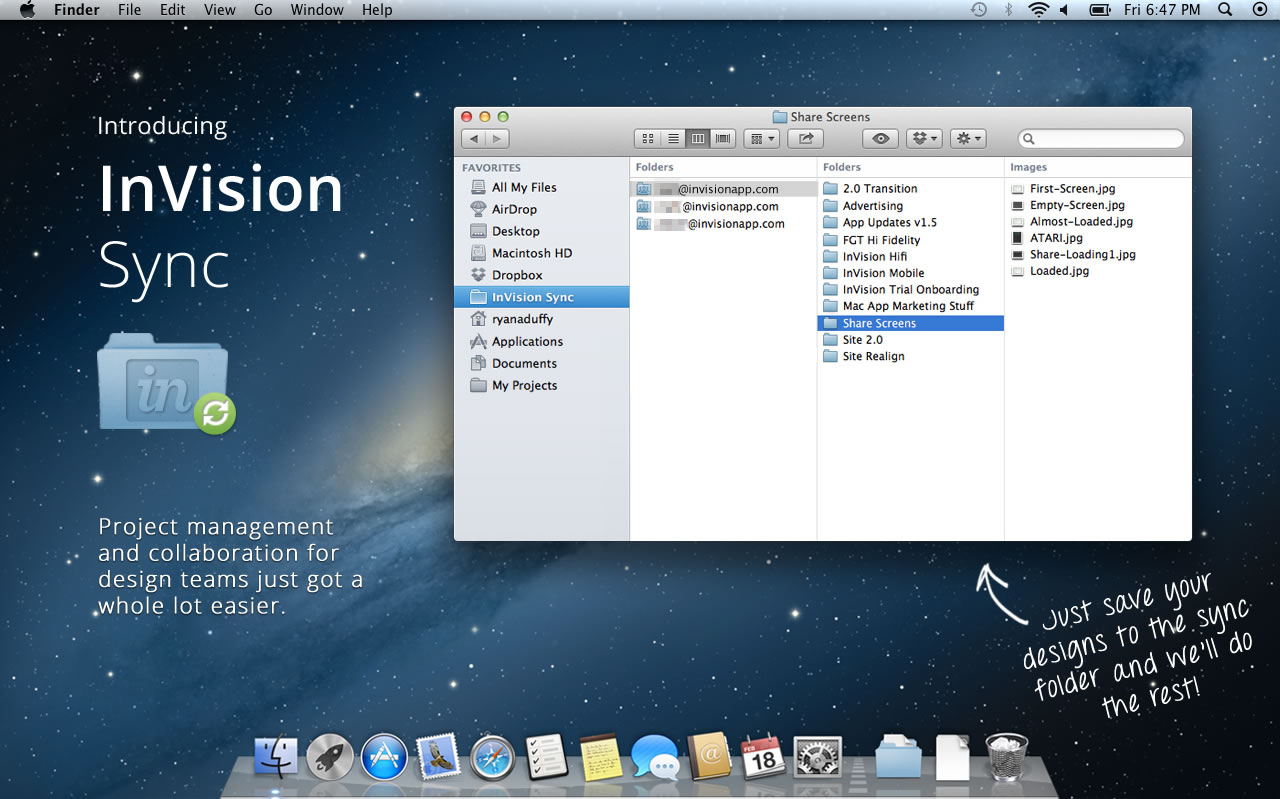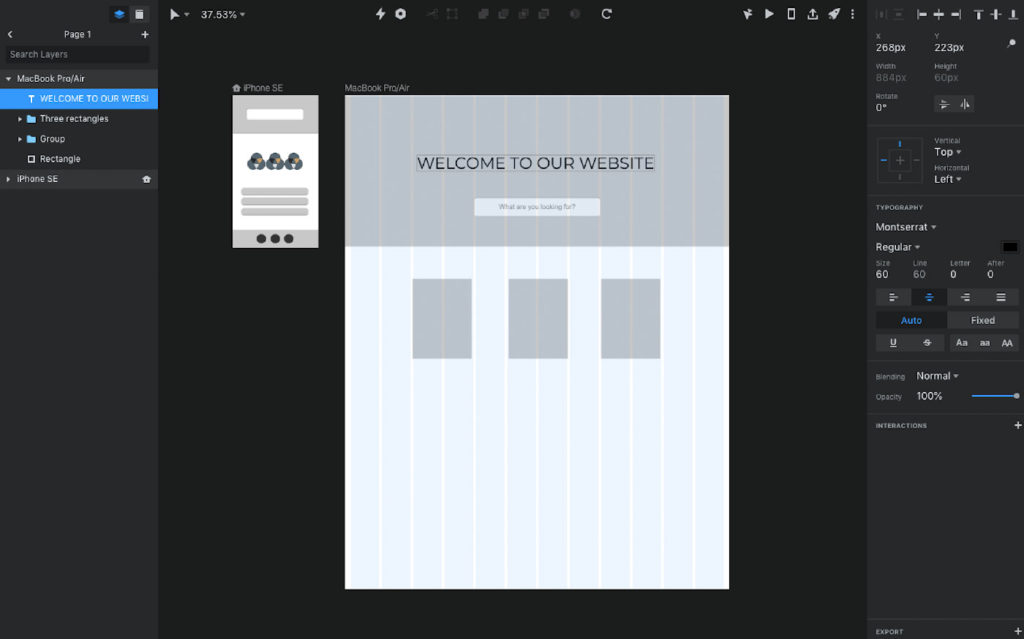

There are dozens of prototyping tools on the market however, lately, most teams usually go with Marvel App, used by BuzzFeed, and InVision, chosen by MailChimp and Uber. Ideally, the goal is to eliminate the errors from the application or site before customers set their eyes on it. With a prototype, it’s possible to compare theoretical descriptions of the desired product with the actual implementation. The team can understand whether the product reflects the initial vision and see if it responds to goals discussed at the first stage.

The prototype allows achieving three key objectives – validation of the concept and theory, and prevention of potential errors. It’s done with an interactive prototype that clearly displays the project’s functionality. The best way to ensure it doesn’t happen is to start testing the design at the first development stages. You can invest in creating and testing features, but if it doesn’t look good, users will leave the page or delete the app. For business owners and developers, this means that rich functionality matters only if they are packed in the responsive interface. Thanks to this approach I'll be able to show you step-by-step design process in Studio that is closer to real life example.According to Northumbria University research, design is responsible for 94% of first impressions. In the course I'd like to showcase Studio workflow based on a practical UI project of a Supercar Rental app.
#Invision app for mac professional#
We'll focus on the correct setup, creation of the Components and other good habits that will help you in professional UI design process. In the course I will explain the usage of colors, typography, grid and other basic UI design concepts combined with the tools and workflows available in Studio. We'll explore those options together with the handoff capabilities and creating automated specs for developers. Thanks to its capabilities you'll be able to easily export and share the prototypes and edit them after the rounds of feedback from your client or project owners. InVision Platform is much more than Studio. We'll explore different parts of your workflow, from initial sketches, to a detailed design, to a prototype working on devices.
#Invision app for mac software#
Even though you can create seamless transitions and advanced animations in you UI, the software itself feels light and responsive. For most of the time you won't have to leave InVision Studio. This is one of the rare examples where one solution gives you a spectrum of possibilities. My aim is to show you the tips and tricks to work even faster, better and more efficient.

Thanks to this, the learning curve that you're about to take is focused on effective workflow, rather than the tool itself. You might even think - what is there to learn? Everythig is so simple. There are dozens of little things that just works, without bothering you. The overall user experience of Studio is great. As you will find out this is the most effective and rewarding way of discovering Studio. This is why we won't spend much time explaining the interface, rather than jump right into creating a practical design in Studio. Especially if you've previously used Sketch, transition to Studio is painless and all the tools and shortcuts works just as expected. Soon you'll find out that Studio is probably one of the easiest tools to master and most of the functions are simple and intuitive. Oh, and Studio is both for macOS and Windows. You can easily preview the prototypes on devices, share them with your clients and get their feedback as well as set up an easy handoff for your developer.

Having it all under the hood of InVision platform lets you go even further. It's a complete solution for bringig your project from its early shape to a high fidelity prototype together with outstanding animations. InVision Studio isn't just another app for UI design.


 0 kommentar(er)
0 kommentar(er)
